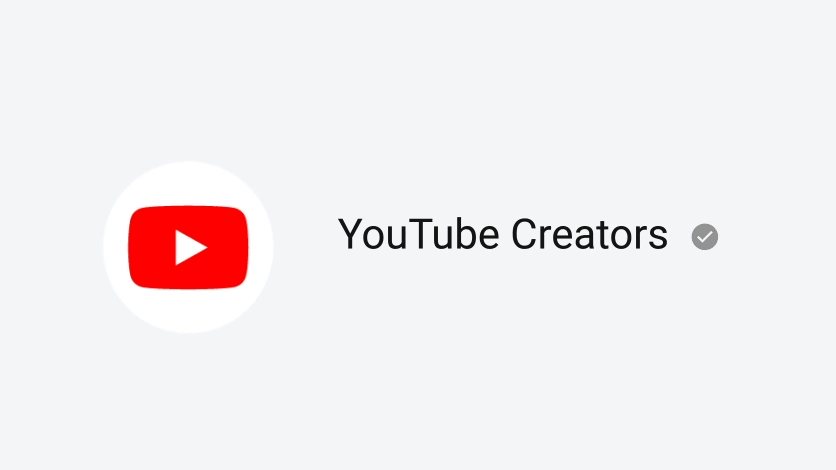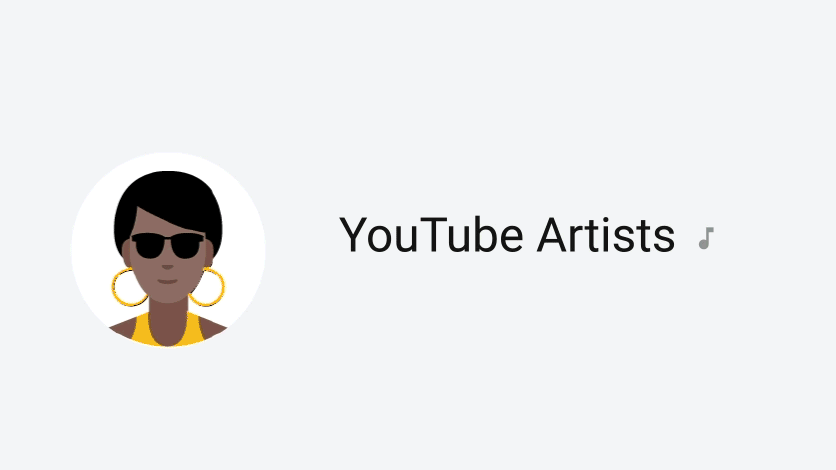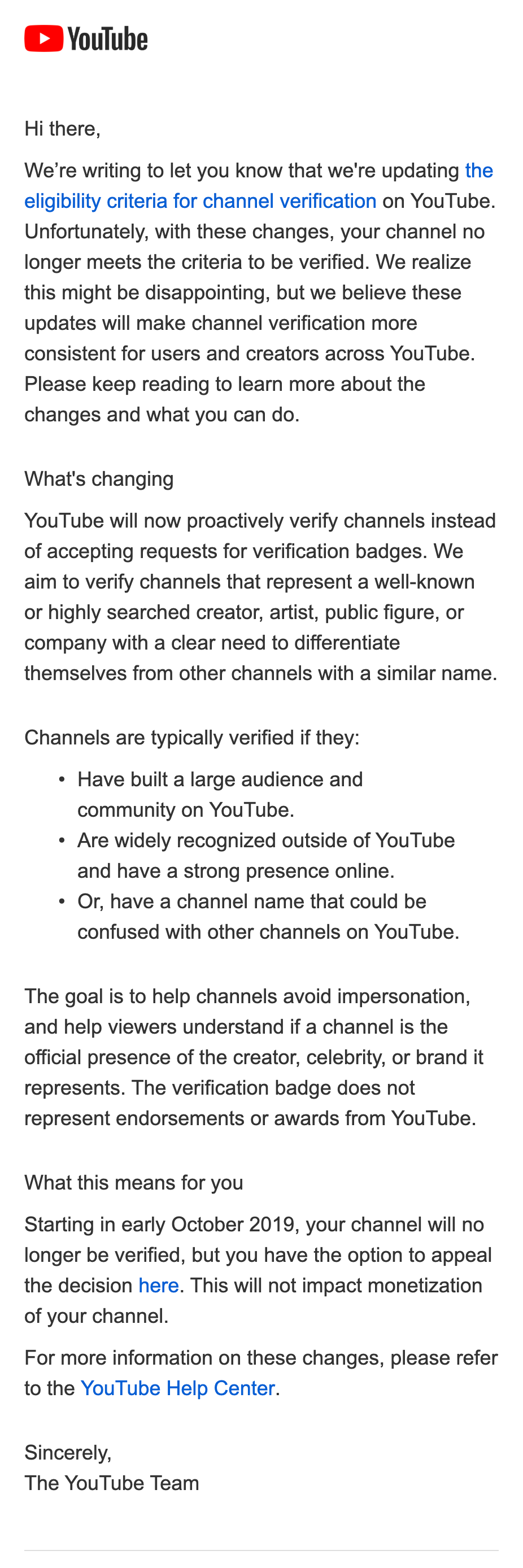YouTube overhauls its problematic verification program
YouTube's verification program is getting a massive overhaul, the company announced today, which will likely result in a number of less prominent creators losing their verification status. Previously, YouTube allowed any channel that reached 100,000 subscribers to request verification. That limit is being removed, with a change to the verification program that rolls out in October. Going forward, YouTube will focus its efforts on verifying channels that have more of a need to prove their authenticity - like those belonging to a brand, public figure, artist or another creator who might be subject to impersonation, for example.
YouTube says the earlier verification system was established when the site was smaller, but its ecosystem has since grown and "become more complex."
Instead of looking at a number of subscribers - a metric than can be gamed by bots - the new system will have more murky requirements. YouTube says it's about "prominence," which it defines in a number of ways.
For starters, YouTube will determine if the channel represents a "well-known or highly searched for creator, artist, public figure or company." It will also consider if the channel is widely recognized outside of YouTube and has a strong online presence, or if it's a channel that has a very similar name to many other channels.
We understand YouTube will use a combination of human curation and algorithmic signals to make these determinations. When asked, the company declined to discuss the specifics, however.

There were several reasons YouTube wanted to change its system, beyond raising the threshold for verification.
The company had run into a similar problem that Twitter once faced - people mistook the verification badge as an endorsement. On Twitter, that issue reached a tipping point when it was discovered that Twitter had verified the Charlottesville rally organizer. Twitter stopped verifying accounts shortly afterward. Its system today is still being fixed, but the project has been put on the back burner.
Similarly, YouTube's research found that over 30% of users misunderstood the verification badge's meaning, believing the checkmark indicted "endorsement of content," not "identity."
This is problematic for YouTube for a number of reasons, but mainly because the company wants to distance itself from the content on its platform - content that is often racist, vile, false, dangerous, conspiracy-filled and extremist. YouTube wants to be an open site, with all the troubles that entails, but doesn't want to be held accountable for the terrible things posted there - like the 14-year-old girl who grew to online fame by posting racist, anti-Muslim, anti-LGBTQ videos, or the high-profile star who made repeated racist comments, then gets honored by YouTube with special creator rewards.
There were other issues with the prior system, as well.
Some creators would fake their verification status, for instance. Before the changes, a verified channel would display a checkmark next to its channel name. This could be easily forged by simply adding a checkmark to the end of a channel name.
Plus, the checkmark itself only really worked when people viewed the channel's main watch page on desktop or mobile. It didn't translate as well to interactions in live chats, on community posts or in stories.

By revamping the verification system, YouTube is clarifying that the verification isn't an endorsement - it's a neutral statement of fact. It's also less difficult to forge, and works everywhere the creator interacts with fans.
The updated verification system drops the checkmark in favor of a gray swipe across the channel name (see above).
This applies to both channels and artists. With regards to the latter, it will replace the music note.
The system will roll out in late October, YouTube said, and the new criteria will apply for all channels.
Those who meet the new requirements won't need to apply - they'll automatically receive the new verified treatment. Others who didn't qualify for re-verification will be notified today and will have the option to appeal the decision before the changes take place.
Information on the appeals process will be available in YouTube's Help Center.
Update, 9/19/19, 1:26 PM ET: Here's the letter YouTube creators are receiving. Note it refers to a timeframe of "early" instead of "late" October for the changes.

Here's the email if you stay verified (thanks @thiojoe) -
This is the one you get if you stay verified pic.twitter.com/uBpiIGdAE1
- ThioJoe (@thiojoe) September 19, 2019